After a Black Friday riot ends in tragedy, a mysterious Thanksgiving-inspired killer terrorizes Plymouth, Massachusetts – the birthplace of the holiday. Picking off residents one by one, what begins as […]
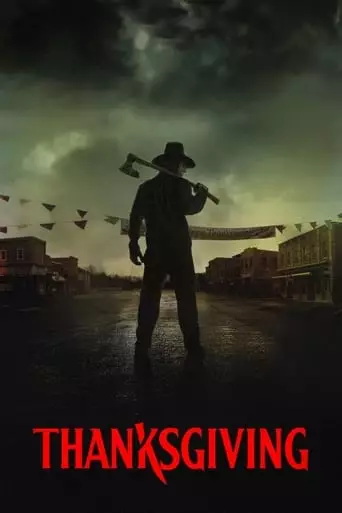
After a Black Friday riot ends in tragedy, a mysterious Thanksgiving-inspired killer terrorizes Plymouth, Massachusetts – the birthplace of the holiday. Picking off residents one by one, what begins as […]
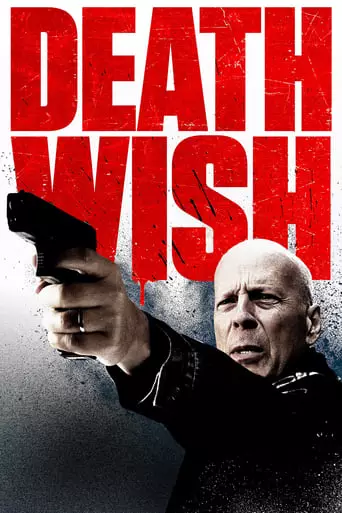
A mild-mannered father is transformed into a killing machine after his family is torn apart by a violent act. Death Wish (2018), directed by Eli Roth and starring Bruce Willis, […]
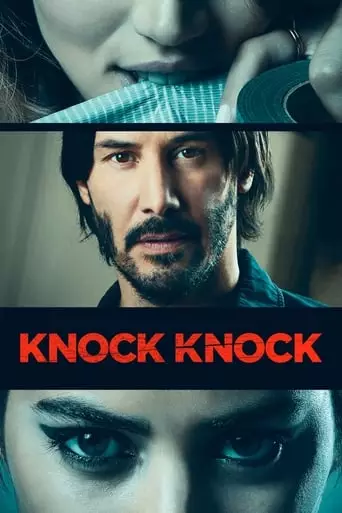
When a devoted husband and father is left home alone for the weekend, two stranded young women unexpectedly knock on his door for help. What starts out as a kind […]
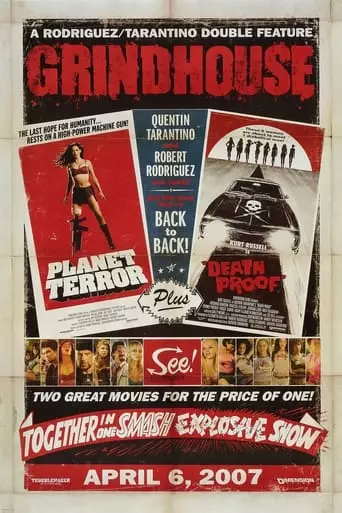
Grindhouse combines Robert Rodriguez’s Planet Terror, a horror comedy about a group of survivors who battle zombie-like creatures, and Quentin Tarantino’s Death Proof, an action thriller about a murderous stuntman […]
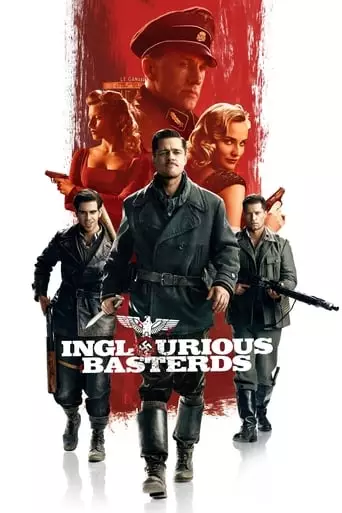
In Nazi-occupied France during World War II, a group of Jewish-American soldiers known as “The Basterds” are chosen specifically to spread fear throughout the Third Reich by scalping and brutally […]
Eli Roth: The Modern Maestro of Horror and Shock Cinema
Eli Roth is a filmmaker, actor, and producer renowned for his unflinching approach to horror and his contributions to the genre’s resurgence in the early 2000s. Known for his provocative style, visceral storytelling, and penchant for pushing boundaries, Roth has become a polarizing figure in contemporary cinema. His works, including Cabin Fever (2002), Hostel (2005), and The Green Inferno (2013), have cemented his reputation as a director unafraid to explore the darker corners of human nature and societal fears.
Early Life and Passion for Filmmaking
Eli Raphael Roth was born on April 18, 1972, in Newton, Massachusetts. Raised in a family that valued education and creativity, Roth developed an early fascination with film. Inspired by directors such as Alfred Hitchcock, George A. Romero, and Sam Raimi, he began making short films with his brothers using a Super 8 camera. By the time he was in high school, Roth had already created dozens of amateur films, showcasing his early talent for storytelling and special effects.
Roth attended New York University’s Tisch School of the Arts, where he honed his skills in writing and directing. After graduating, he worked in various roles within the film industry, including as an assistant to director David Lynch. These experiences helped Roth refine his craft and establish connections that would prove invaluable to his career.
Breakthrough with Cabin Fever
Roth’s debut feature, Cabin Fever (2002), marked his arrival on the horror scene. The film follows a group of friends who contract a flesh-eating virus while staying in a remote cabin. Combining gruesome practical effects with dark humor and a throwback to 1970s and 1980s horror aesthetics, Cabin Fever became a cult hit. It grossed over $30 million worldwide on a modest budget, establishing Roth as a fresh voice in horror.
The film’s success was driven by Roth’s ability to balance grotesque imagery with a self-aware, almost playful tone. Critics and audiences praised its originality, and it opened the door for Roth to pursue more ambitious projects.
The Hostel Series and the Rise of “Torture Porn”
Roth’s next major success came with Hostel (2005), a film that cemented his reputation as a provocateur. The story of backpackers lured into a sinister underground torture ring in Eastern Europe, Hostel combined graphic violence with a critique of consumerism, privilege, and exploitation. The film was both a critical and commercial success, earning over $80 million worldwide.
Hostel: Part II (2007): The sequel expanded on the original’s themes, offering a deeper exploration of the power dynamics and moral corruption at play within the torture-for-profit industry. While not as commercially successful as its predecessor, it further solidified Roth’s place as a leading figure in modern horror.
The Hostel films became synonymous with the controversial “torture porn” subgenre, a term often used to describe films that emphasize graphic depictions of suffering. While Roth’s work was criticized for its brutality, defenders argued that his films were more than mere shock value, using violence as a lens to explore societal fears and moral decay.
Beyond Horror: The Green Inferno and Knock Knock
Roth continued to push boundaries with films that blended horror with social commentary:
The Green Inferno (2013): A homage to 1970s and 1980s cannibal films, this movie follows a group of environmental activists who are captured by an indigenous tribe in the Amazon. While polarizing for its graphic violence and depiction of cultural misunderstandings, the film sparked conversations about the ethics of activism and exploitation.
Knock Knock (2015): A psychological thriller starring Keanu Reeves, Knock Knock explores themes of infidelity, manipulation, and the consequences of moral lapses. The film showcased Roth’s ability to step outside traditional horror while maintaining his signature tension and discomfort.
Acting, Producing, and Collaborations
In addition to directing, Roth has appeared in several films, most notably as Sgt. Donny “The Bear Jew” Donowitz in Quentin Tarantino’s Inglourious Basterds (2009). His charismatic performance in the film demonstrated his versatility as a storyteller and actor.
Roth has also served as a producer on numerous projects, supporting emerging filmmakers and genre films. He produced the action-horror hybrid The Last Exorcism (2010) and the Netflix series Hemlock Grove (2013–2015), further showcasing his dedication to expanding the boundaries of horror.
Family-Friendly Fare: The House with a Clock in Its Walls
In a surprising departure from his usual fare, Roth directed The House with a Clock in Its Walls (2018), a fantasy adventure film based on the children’s novel by John Bellairs. Starring Jack Black and Cate Blanchett, the film demonstrated Roth’s ability to craft family-friendly entertainment while retaining his flair for the macabre. The movie was a commercial success, introducing Roth to a broader audience.
Legacy and Influence
Eli Roth’s contributions to horror cinema have left an indelible mark on the genre. His willingness to confront uncomfortable truths, coupled with his mastery of practical effects and atmospheric tension, has inspired a new generation of filmmakers. While his work often divides critics, it undeniably provokes thought and conversation, fulfilling his goal of using horror as a tool for both entertainment and introspection.
Roth’s influence extends beyond his own films. His advocacy for practical effects, his celebration of classic horror, and his championing of bold, independent voices have solidified his status as a key figure in modern cinema.
Conclusion
Eli Roth is a filmmaker who thrives on challenging conventions and pushing audiences out of their comfort zones. From the visceral horrors of Hostel to the darkly comedic thrills of Knock Knock and the whimsical scares of The House with a Clock in Its Walls, Roth’s work spans a wide spectrum of styles and themes. Whether loved or loathed, his films are impossible to ignore, making him one of the most distinctive voices in contemporary cinema.